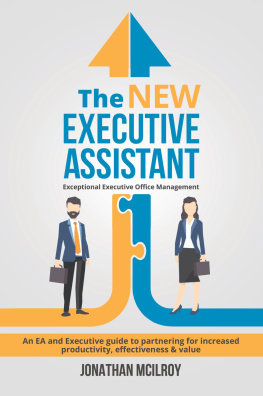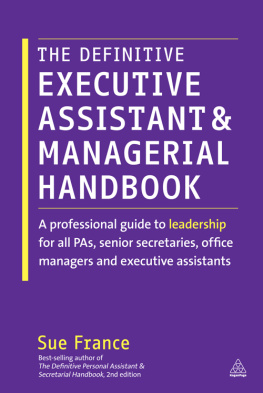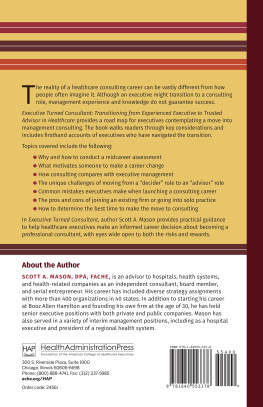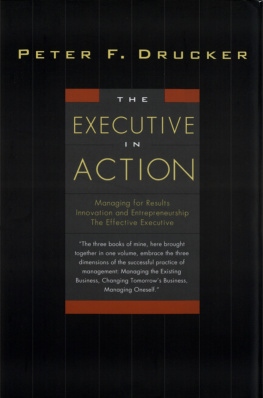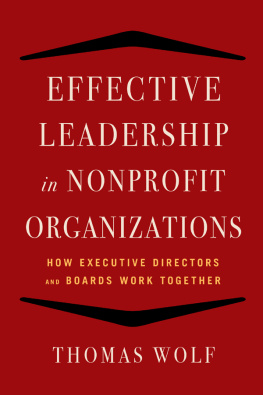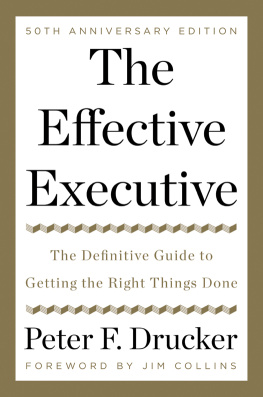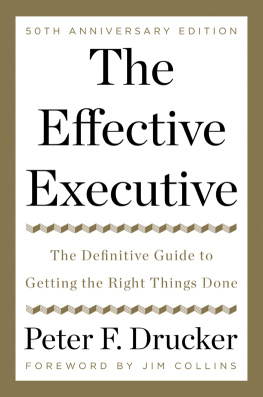THE NEW EXECUTIVE ASSISTANT
Exceptional executive office management
Jonathan McIlroy

First Published in 2018
by Monterey Press
7 Westbourne St
Brunswick VIC 3056
Australia
www.montereypress.com
Copyright Jonathan McIlroy, 2018
Website: www.executiveassistant.com
All rights reserved. No part of this publication may be reproduced, stored in a retrieval system or transmitted in any form by any means, electronic, mechanical, photocopying, recording or otherwise, without the prior written permission of the publishers and copyright holders.
Jonathan McIlroy asserts the moral right to be identified as the author of this work.
Cover artwork by Mihail Uvarov
Designed and typeset by Lu Sexton

National Library of Australia
ISBN:9780648116318 (ebook)
9780648116301 (paperback)
Table of Contents
This book is dedicated to the many long-suffering executive assistants (EAs) of the world, working for dinosaurs in prehistoric organisations, who have dreamed of being able to have a more fulfilled career. It is also dedicated to all those fabulous EAs and executives who have already created, or are in the process of creating, better working practices and ways of supporting each other. They work in true partnerships, and I have been incredibly privileged to get to know many of them over the years.
Acknowledgments
I would like to acknowledge all the wonderful people who made the production of this book possible and assisted me at different stages.
In particular I would like to thank my twin sons, Callum and Connor, and my partner, Paula, for their support and patience throughout the process and for their feedback and often frank opinions on so many elements of the book, from content to design.
Many thanks are due to my business partner, Natasha Canon, who co-founded Executive Assistant Network and has worked alongside me on its direction, growth and continued evolution through Australia and, more recently, globally. Thanks too to all the staff at EAN, both present and past, who provided thoughts and ideas as I created many of the models, frameworks and elements of our training and education programs, which have ultimately found their way into this book.
I would also like to acknowledge the many thousands of EAs who have shared ideas with me over the years and who have contributed at conferences or in surveys, and the many incredible executives who have also shared their ideas and thoughts at our conferences or in private discussions. Without their collective stories I would never have been able to conceptualise the vision for the EA-Executive Partnership Model contained in this book, or to intellectualise and create business frameworks and models to evolve that vision in practical ways. I hope this will ultimately lead to better ways of working for EAs and their executives in many thousands of different organisations.
Finally, I would like to give special mention to the EAs and executives who contributed directly to the book and have their contributions included in the Appendix. I sought their thoughts, opinions and ideas to validate the assertions and vision contained within each chapter and I believe they succeed in doing just that. So my sincere thanks to them.
INTRODUCTION
The New Executive Assistant is a guide for both EAs and their executives, designed to help both parties get more from the way they work together. However, rather than a prescriptive and exhaustive tome, full of set rules and ideas, it is designed to be more of a handbook, introducing frameworks and models that will help EAs and their executives find their own best ways of working together.
That is not to say that I have shied away from making some strong recommendations. I have some fairly strong opinions on certain aspects of EA-executive partnerships and I share these particular with respect to outdated position descriptions and outdated executive perceptions about what they want from their EAs.
The original raison d'tre for the role of the EA was to provide basic clerical and administrative support to assist the executive function, which included saving executives from having to perform menial tasks themselves.
Today the role is potentially much more sophisticated, as this book goes to some lengths to explain. A really good new EA manages the office of their executive in a way that enables the executive to be at their most productive and effective. The EA enhances executive productivity in numerous ways, many of which are rarely seen or understood though hopefully these less obvious areas of assistance will be clearer once youve read this book. Todays EAs should no longer be purely reactive, waiting to be directed by their boss. Rather they should be proactive, playing a management role themselves a role that is so much more than just minding the day-to-day functioning of the executive office. Todays EA plays a partnership role in managing their executives time, energy, focus, mindset, priorities and relationships.
Great EAs are facilitators of the best outcomes for the whole executive team, including all their managerial and other team members. They are not the intransigent gatekeepers of yesteryear, those who used proximity to power to wield power of their own. Rather they rely on relationship building, persuasion and building trust with people throughout the organisation in order that they can do those things that are in the best interests of the executive and the rest of the team at any time.
But there is a lot of nuance to all this, which is where I go into depth in this book. There are plenty of intangible elements to the role that rarely make it into any EA position descriptions, and I aim to uncover these, to make them clearer and, via models and frameworks, provide guidance to both EAs and executives as they seek to make every element of the EA role work to the benefit of everyone.
Something I draw on a few times in The New Executive Assistant is the notion of spectrums or continuums. There are so many aspects of the EA-executive partnership in which there is no one right answer in which each pair of EA and executive needs to find their own way of working from along a spectrum of possibilities. While this means, of course, that there is no definitive right way for EAs and their executives to work together overall, I do argue that there are definitely some very wrong, outdated ways of working. While these approaches, described early in the book, have clearly had their time, they are still surprisingly common, despite the fact that they negatively affect executive performance and productivity, and hinder organisational output.
As well as providing models and frameworks, this book highlights exactly what skills and knowledge areas EAs should seek to enhance and why, all designed to help them be more proactive and able to take on more for their executive so the executive can focus on their key priorities at any time.
Something else Im aiming to achieve with this book is to help executives and their organisations avoid a number of mistakes my colleagues and I have observed frequently in recent years. These include poorly thought through rationalisation and offshoring of support services. We know that the vast majority of those who undertake such projects live to rue the day. And we know why. It always has to do with underestimating the real contribution made by EAs, with executives and their teams suffering a loss of productivity as a result. Its a classic case of you dont know what youve got til its gone.
Next page
